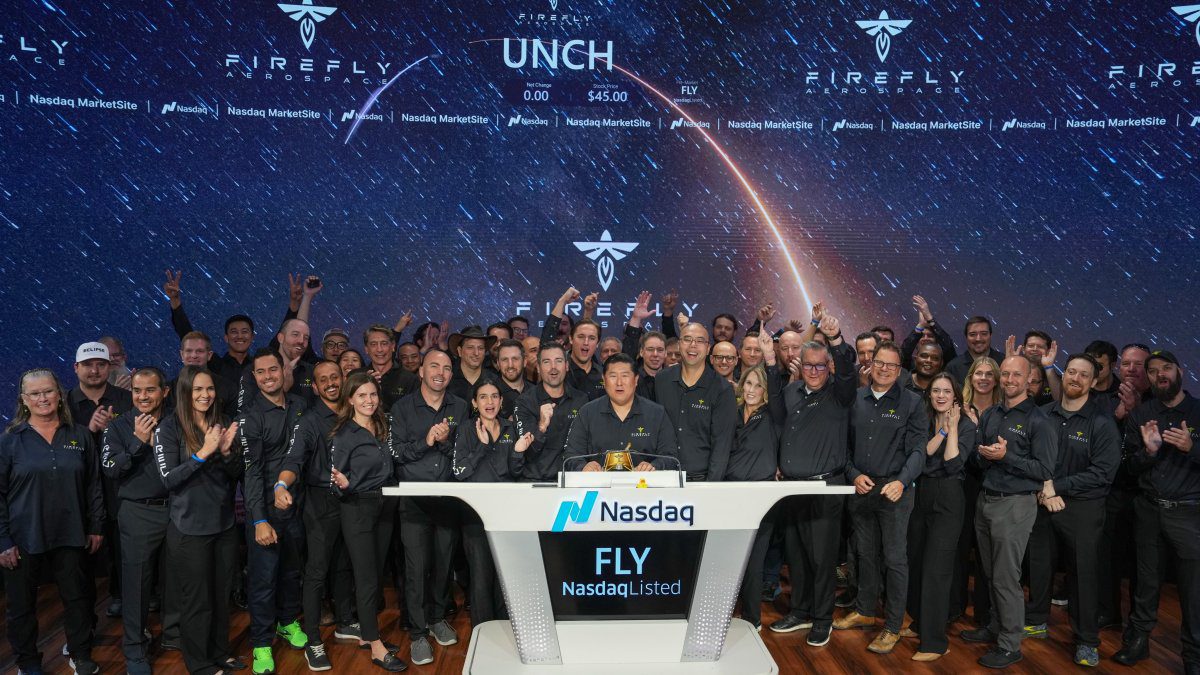
jony ive s secretive ai hardware reportedly The highly anticipated AI hardware device designed by Jony Ive, the former chief design officer at Apple, is reportedly facing significant delays due to three fundamental challenges that OpenAI is currently grappling with.
jony ive s secretive ai hardware reportedly
Overview of the AI Hardware Project
Jony Ive, renowned for his influential role in shaping Apple’s product designs, has embarked on a new venture that aims to integrate artificial intelligence into a hardware format. This project, which is being developed in collaboration with OpenAI, the organization behind the popular ChatGPT, has generated considerable excitement in the tech community. The device is expected to leverage advanced AI capabilities to enhance user interaction, making technology more intuitive and accessible.
Initial Expectations and Vision
When the project was first announced, it was met with enthusiasm from both industry insiders and consumers. Ive’s design philosophy, which emphasizes simplicity and user-centric functionality, raised expectations for a product that could redefine how people interact with AI. The vision was to create a device that feels like a natural extension of the user’s daily life, blending seamlessly into various environments while offering meaningful assistance.
Challenges Facing the Development
Despite the initial excitement, reports have surfaced indicating that the project is facing delays due to three primary challenges. These issues are not only technical but also conceptual, reflecting the complexities involved in creating a device that embodies both advanced technology and a relatable user experience.
1. Defining the Device’s Personality
One of the most significant challenges OpenAI is encountering revolves around defining the personality of the AI hardware. The team is striving to create an engaging and supportive interaction model, aiming for the device to function more like a helpful friend rather than a cold, impersonal machine. This goal has led to extensive discussions about how to imbue the device with characteristics that resonate positively with users.
According to sources familiar with the project, there is a concern that if the personality is not carefully crafted, the device could be perceived as “a weird AI girlfriend,” a term that highlights the potential for misalignment between user expectations and the AI’s behavior. This challenge underscores the importance of user experience design in AI applications, where the emotional connection can significantly impact user satisfaction and engagement.
2. Technical Limitations and Integration
The second challenge involves the technical limitations of current AI technologies and how they can be effectively integrated into a hardware platform. While AI has made significant strides in recent years, the complexities of real-time processing, natural language understanding, and contextual awareness remain formidable hurdles. The team is tasked with ensuring that the device can perform efficiently while maintaining a high level of responsiveness and accuracy.
Moreover, integrating hardware with sophisticated AI algorithms poses additional challenges. The device must be capable of processing vast amounts of data while ensuring user privacy and security. This requires a delicate balance between functionality and ethical considerations, as users increasingly demand transparency and control over their data.
3. Market Positioning and User Acceptance
The third challenge relates to market positioning and user acceptance. As the landscape of AI-driven products becomes increasingly crowded, distinguishing this device from competitors is crucial. OpenAI must carefully consider how to position the hardware in a way that highlights its unique features and advantages.
Understanding the target audience is essential for successful market positioning. The team is conducting extensive research to identify potential user demographics and their specific needs. This research aims to ensure that the device not only meets technical specifications but also resonates with users on a personal level, fostering a sense of trust and reliability.
Implications of the Delays
The delays in the development of Jony Ive’s AI hardware could have several implications for both OpenAI and the broader tech industry. As the project continues to face challenges, it raises questions about the feasibility of ambitious AI hardware initiatives and the complexities involved in bringing such products to market.
Impact on OpenAI’s Reputation
For OpenAI, the delays may impact its reputation as a leader in AI innovation. The organization has positioned itself at the forefront of AI research and development, and any setbacks could lead to skepticism regarding its capabilities. Maintaining public confidence is crucial, especially as competition in the AI space intensifies.
Consumer Expectations
From a consumer perspective, the delays may lead to heightened expectations. As users become increasingly aware of the challenges involved in developing AI technologies, they may demand more transparency from companies regarding their development processes and timelines. This could foster a more informed consumer base that is less willing to accept delays without clear communication and justification.
Stakeholder Reactions
The reactions from stakeholders, including investors, industry analysts, and consumers, have varied in response to the news of the delays. Investors may express concern over the project’s timeline and its potential impact on OpenAI’s financial performance. Industry analysts are likely to scrutinize the challenges faced by the team, analyzing how these issues reflect broader trends in AI development.
Investor Sentiment
Investor sentiment can be particularly sensitive to delays in high-profile projects. As OpenAI continues to seek funding and partnerships, maintaining investor confidence is crucial. Stakeholders may be looking for reassurances regarding the project’s viability and the team’s ability to overcome the current challenges.
Industry Analysts’ Perspectives
Industry analysts are likely to view the delays as indicative of the complexities involved in developing cutting-edge AI technologies. They may emphasize the importance of taking the time necessary to address fundamental challenges rather than rushing to market with a product that may not meet user expectations. This perspective aligns with a growing recognition of the need for responsible AI development that prioritizes user experience and ethical considerations.
Looking Ahead
As OpenAI navigates these challenges, the future of Jony Ive’s AI hardware project remains uncertain. The team is reportedly committed to addressing the fundamental issues before moving forward, recognizing that a successful launch hinges on delivering a product that meets both technical and user experience standards.
Potential for Innovation
Despite the current setbacks, there is potential for innovation within the project. The focus on creating a relatable and engaging AI experience could pave the way for new standards in human-computer interaction. If successful, this device could set a precedent for future AI hardware, influencing how consumers perceive and interact with technology.
Conclusion
In conclusion, Jony Ive’s secretive AI hardware project is facing significant delays due to challenges related to personality definition, technical integration, and market positioning. While these hurdles may be daunting, they also present opportunities for innovation and growth in the AI landscape. As OpenAI works to overcome these obstacles, the tech community will be watching closely, eager to see how this ambitious project unfolds.
Source: Original report
Was this helpful?
Last Modified: October 6, 2025 at 4:39 pm
0 views















